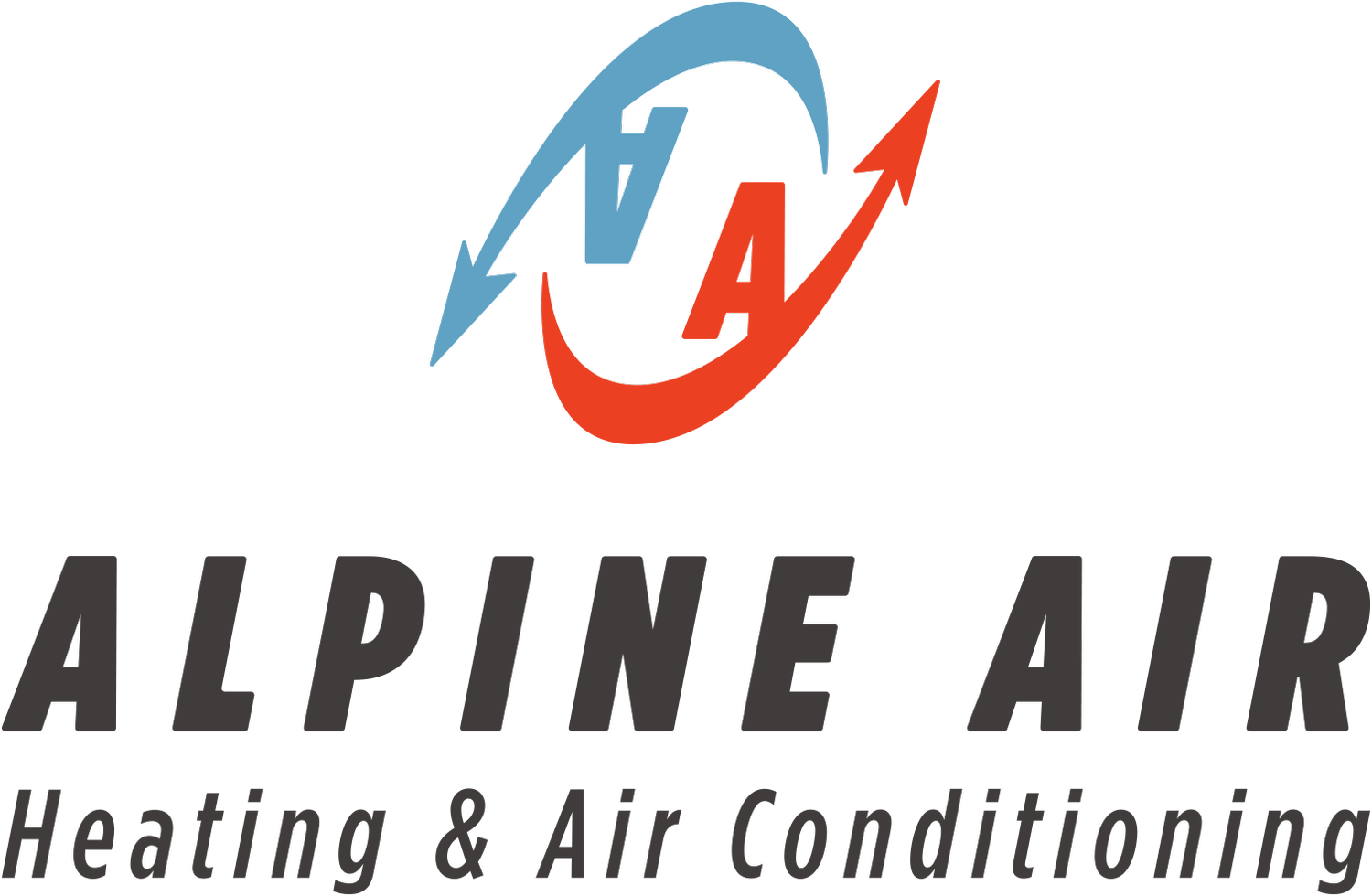
Your heat pump works differently than a furnace, boiler or central air conditioning system. This is good news. They’re smart and highly efficient but it also means you may need to rethink how you program your system to get the most efficiency and comfort.
Here are some tips to maximize your comfort and your system’s efficiency.
Maximize Your Heat Pump’s Efficiency
KEEP IT GOING
Your heat pump is specifically designed to optimize its own performance. Because of this, it’s best to keep your system set to a consistent temperature. Set the remote to a temperature that makes you comfortable and walk away. You may notice that you need to set it to a different temperature than you did with your conventional system. This is quite normal.
Cold-climate heat pumps are designed to function at temperatures well below zero degrees. For this reason, you shouldn’t shut them off, even on the coldest days of the year. If you have a backup heating source, it should be set below the heat pump’s set temperature.
We recommend that you set your remote to heat mode during the heating season and cool mode during the air conditioning season. Start with the fan speed on auto. The system is internally programmed to adjust the fan speed and direction of the louvers to automatically optimize the room’s comfort and efficiency based on its current mode. You can then further adjust the fan speed and louver direction as needed for specific rooms and use cases.
DOORS
MODE & FAN SPEED
If you’re trying to heat multiple rooms at a time, keep all doors dividing these rooms open to allow maximum airflow. Contrarily, if you’re trying to heat only one room, close the door to that room to minimize heating or cooling loss into other rooms.
If you have an existing central heating system or other backup heat source, it’s important to properly program those systems so they only come on if the heat pump is is unable to satisfy t he set temperature by itself. You can turn the zone or entire system completely off when it’s not needed or set the temperature about 10 degrees below the heat pump’s set temperature. This way the backup system will only provide heat if the heat pump fails or isn’t able to provide enough heat on the coldest days of the year.
KEEP IT GOING
The outdoor unit of your heat pump relies on air flow. Make sure to keep leaves, snow, plants and other obstructions clear of the front and back of the unit. This is why the units are mounted on a stand above average snow height. There are rain guards available if it’s necessary to direct water away from the unit so ice doesn’t form on the fan blade.
To properly maintain the indoor unit, clean the filter regularly by rinsing it with water or vacuuming. Replace or wash the allergen filter per manufacturer specifications.
It’s highly recommended to have a certified technician perform a preventative maintenance to the system annually. You bought your heat pump because of its cost saving energy efficiency. Having it regularly serviced will guarantee it maintains the highest efficiency possible and avoid costly, unexpected repairs.



